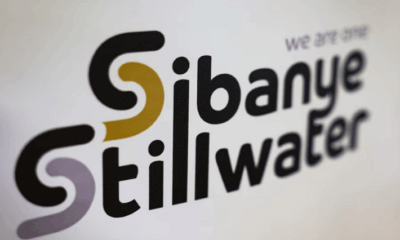For years, the toxic behaviour of a abusive manager or a hostile colleague was dismissed with a damaging shrug: “That’s just how they are,” or “You need to toughen up.” This culture of silence allowed workplace bullying to thrive, disguised as strong management or simple personality clashes.
That era is over.
A seismic shift occurred in 2022 with the introduction of the Code of Good Practice on the Prevention and Elimination of Harassment in the Workplace. For the first time, South African law explicitly recognises bullying as a form of harassment and, potentially, unfair discrimination. If your job fills you with dread, knowing your rights is your first line of defense.
What Exactly Counts as Bullying?
Bullying isn’t always a loud, red-faced scream. It’s often a slow, insidious erosion of your dignity. The Code defines it broadly as “unwanted conduct which impairs dignity.” This can manifest as:
-
Verbal Abuse: Persistent shouting, threats, or humiliating criticism.
-
Psychological Sabotage: The silent treatment, being deliberately excluded, or being set up to fail with impossible deadlines.
-
Digital Harassment: A stream of belittling emails, aggressive WhatsApp messages, or public shaming on social platforms.
The key question is: does the behaviour create an intimidating, hostile, or offensive work environment? If the answer is yes, you have legal grounds to act.
Your First Weapon: The Paper Trail
Before you formally report anything, you must become a meticulous documentarian. A strong legal case is built on evidence, not emotion. Start a private, detailed log that includes:
-
Dates and Times: Of every incident.
-
Specific Details: “On [date], my manager said ‘I’m useless’ during the team meeting when I presented my report.”
-
Witnesses: Note who was present and could corroborate your story.
-
The Impact: Record the emotional and physical tollsleeplessness, anxiety, medical visits.
Save every email. Take screenshots of messages. This documented history is your most powerful asset.
The Critical Step Too Many Miss: The Internal Grievance
It’s tempting to rage-quit or run straight to the CCMA. Don’t. You are legally required to give your employer a chance to fix the problem first.
You must lodge a formal, written grievance following your company’s official procedure. Cite the specific examples from your records. If you bypass this step and claim constructive dismissal later, the court will likely ask why you didn’t allow the company to intervene, which could seriously weaken your case.
Your Employer’s Legal Duty
Once you file that grievance, the legal onus shifts to your employer. Under the Employment Equity Act and the new Code, they are obligated to investigate your complaint promptly and effectively.
If your employer ignores you, fails to act, or suggests you “just work it out,” they are becoming legally liable for the ongoing harassment.
When You Must Escalate: The CCMA Route
If your internal complaint is dismissed or the bullying continues, it’s time to approach the CCMA. You have two main paths:
-
Unfair Discrimination: You can file a case under the Employment Equity Act without having to resign.
-
Constructive Dismissal: If the environment becomes truly intolerable, you can resign and claim you were forced out. Be warned: these cases are hard to win. You must prove the situation was unbearable and that you exhausted all internal channels first.
Your right to dignity at work is not negotiable. The law is now on your side, but it rewards the prepared. By gathering evidence, following procedure, and holding your employer accountable, you can reclaim your professional peace and turn your desk from a battlefield back into a workspace.




























